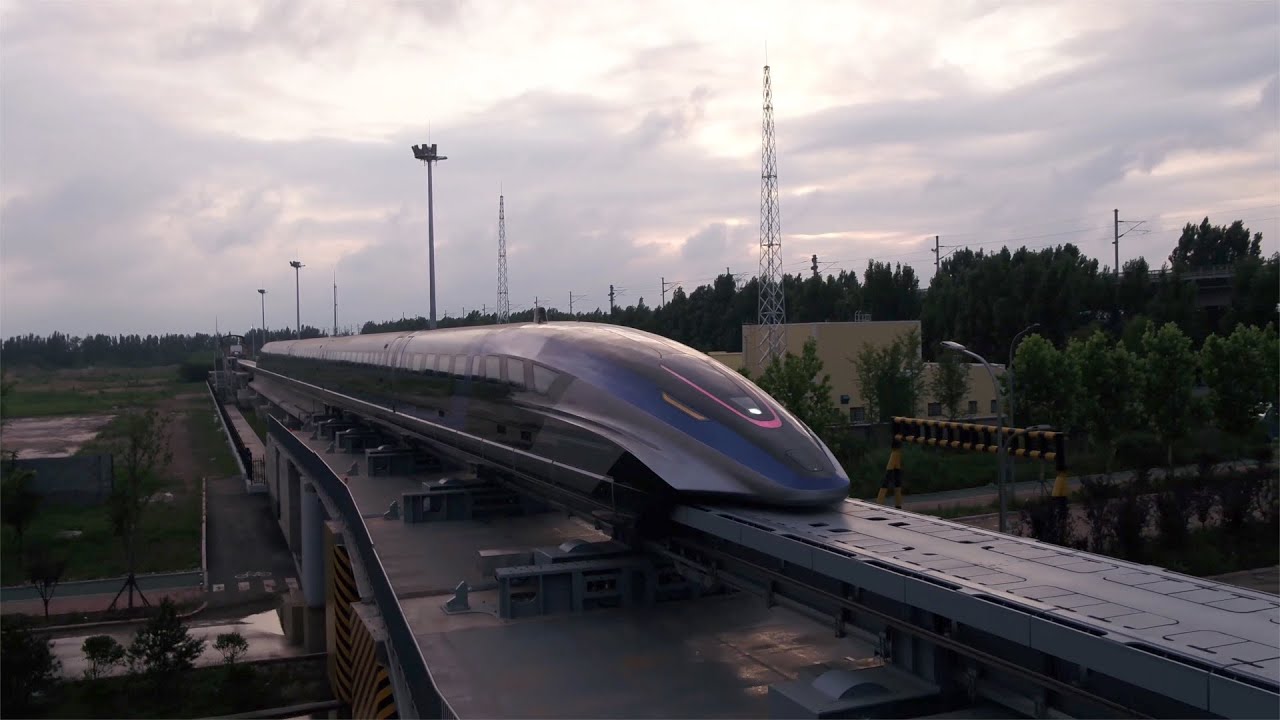China’s record-breaking high-speed Maglev train in Shanghai, the world’s fastest train, connects Longyang Road station inside the bustling metropolis to Pudong Airport and the 19-mile journey takes approximately seven minutes.
In a test run, it reached a speed of 453 km/h, making it the fastest train in the world, and it is hoped that once it is at full capacity, its engineers expect it to reach 1,000 km/h.
Magnetic levitation: the “secret” of the world’s fastest train
This method counteracts the effects of gravity to allow the train to glide through the air and move forward properly, allowing the train to be quieter and provide a smoother ride by eliminating contact with the tracks, reducing friction and allowing the train to “fly” over the ground.
The feat, which is seemingly impossible, is accomplished by using superconducting magnets in a low-vacuum conduit. These magnets are repelled by the metal tubing to create an air cushion between them and their cooling further strengthens the magnetic field.
And, unlike traditional railroad tracks, animals can safely cross underneath this train.

It is worth noting that the country plans to extend this technology throughout the country, as part of the country’s fourteenth five-year plan (2021 and 2025), known as the China Railway 450 Technology Innovation Project (CR450).
Officials expect the CR450 to make commuting easier and reduce travel time between rural areas and large cities. It should also reduce air pollution emissions from transportation for the vast population.
Another important aspect is the fact that China expects its carbon emissions to be carbon emissions to peak in 2030 emissions to peak in 2030 and be carbon neutral by 2060. In this context, magnetic levitation trains do not generate direct emissions.
With zero direct emissions and the ability to allow wildlife to safely cross under its tracks, Maglev is not only the world’s fastest train, but also a promise of a more sustainable and efficient transportation future. This super-fast train could be operating at full capacity within three to ten years, ushering in a new era in human mobility.
Don’t miss any of our posts and follow us on social media!
Inspenet.com YouTube LinkedIn Facebook Instagram
Video: New China TV

